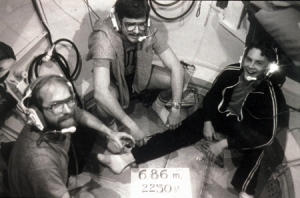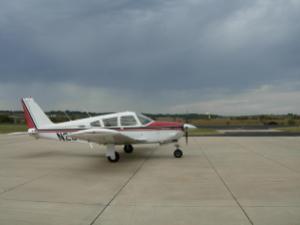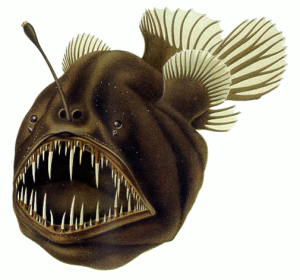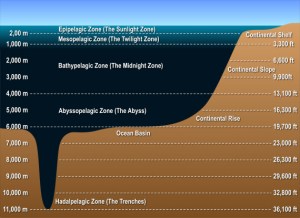In 2007 Michael Lang of the Smithsonian Institution’s Scientific Diving Program sponsored a spring-time ice diving course in the high Arctic at Ny-Ålesund, Svalbard, in an area generally called Spitzbergen.
Ny-Ålesund, an international Arctic research town situated at 78°56’N, 11°56’E, is the most northern continuously operated community. It sits on the shore of a fjord called Kongsfjorden. In the springtime, the sea ice on the Kongsfjorden is usually several feet thick, providing an inviting platform for ice-diving operations.

However, during the last decade the sea ice has been becoming thinner and sparser. By the time we arrived, there was virtually no ice on the fjord. The closest ice source was a glacier over two miles away. With no ice, polar bears could not capture their ringed seal prey, and were thus hungry, leading undoubtedly to the polar bear encounter described in an earlier posting (April 12).
It also left the course instructors, and I was once of them, in a quandary. It was expensive transporting diving scientists to the high Arctic to learn ice diving operations, and there was no ice to be seen. It appeared to us that the Arctic really was melting, surprisingly early in this case.
Although we had a few frigid days during our week-long stay, frigid enough to remind us we were close to the North Pole, one memorable day was almost balmy, reaching 0° C (32° F). Looking out over the fjord I saw mini-icebergs, recently calved by the rapidly melting glacier a few miles away.

The word went out to launch all divers.
Dry land and underwater cameras, and high-definition video were working overtime to record the encounters between divers and ice. The result was some striking photos of delicately scalloped floating ice, with divers getting into the frames — just to prove they were indeed “ice-divers.” Unfortunately, that was not the type of experience that had been planned for those scientists.
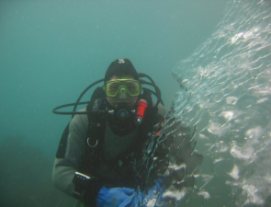
As you might imagine, the water in the fjord was still bitterly cold, so the part of the course designed to teach about human and equipment survival in cold water was fully accomplished.
However, due to the growing sparseness and unreliability of the Arctic sea ice cover, the Smithsonian Diving Program has now moved its training and testing operations to McMurdo Station, Antarctica (see April 11 and May 26th posting). There, at least for the time being, lies plenty of thick sea ice covering the Ross Sea during the austral springtime.
I had not been impressed by the global warming rhetoric before I traveled to the Arctic. However, having seen the consequences first hand, at least in the far North, I get the strong impression that there are undeniable local climate changes occurring. Whether it is a truly global change, and whether man is somehow responsible, is an area of speculation that I will not venture into.
Only time will tell.




